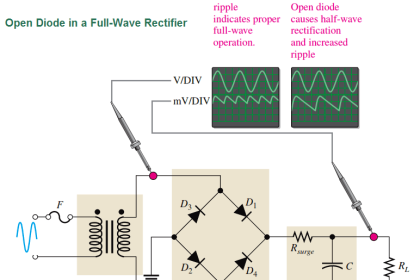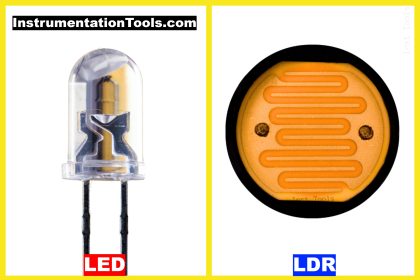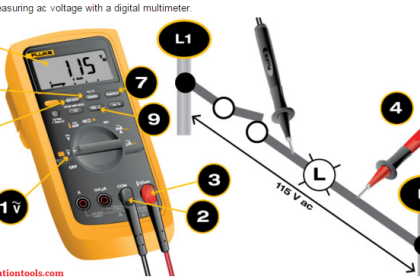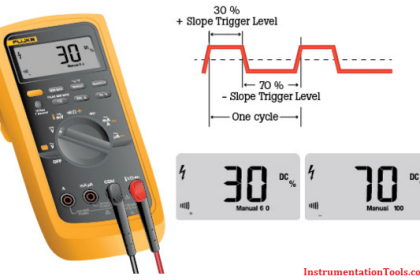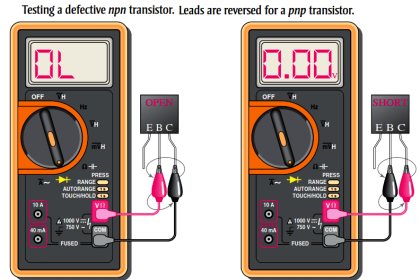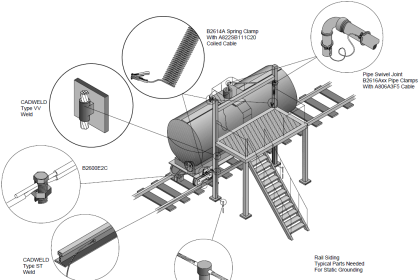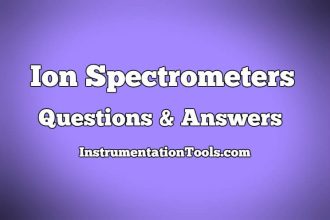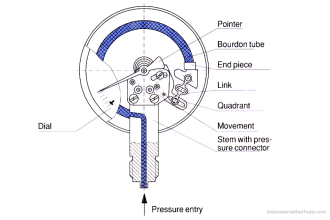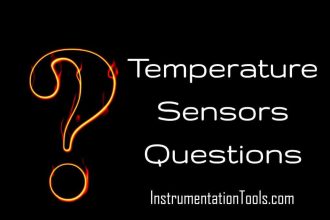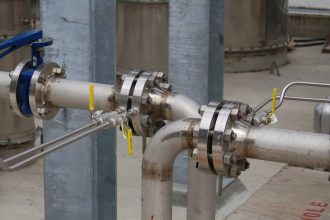Engineering is a vast field and there are numerous types of devices and instruments used in it. Often, we get confused as to which type of device we are using.
In our daily lives, two types of devices are mostly used everywhere – electrical and electronics. It must be important to differentiate between them; because both sound similar, but have vast differences.
In this post, we will learn the difference between electrical and electronic devices.
What is an Electrical Device?
As you know, electrical consumption comes in three types – conductor, insulator, and semiconductor. A device that uses a conductor for electrical flow and converts it into some other form of energy is called an electrical device.
Suppose, for example, consider a motor. A motor is purely made of conductor parts like steel, aluminum, iron, etc. When a motor is excited, it converts electrical energy into mechanical energy. The motor can then be used to move any object.
So, this is a type of electrical device that uses conductors in it to conduct electricity and perform a task. They mainly work on high currents and also have higher power consumption.
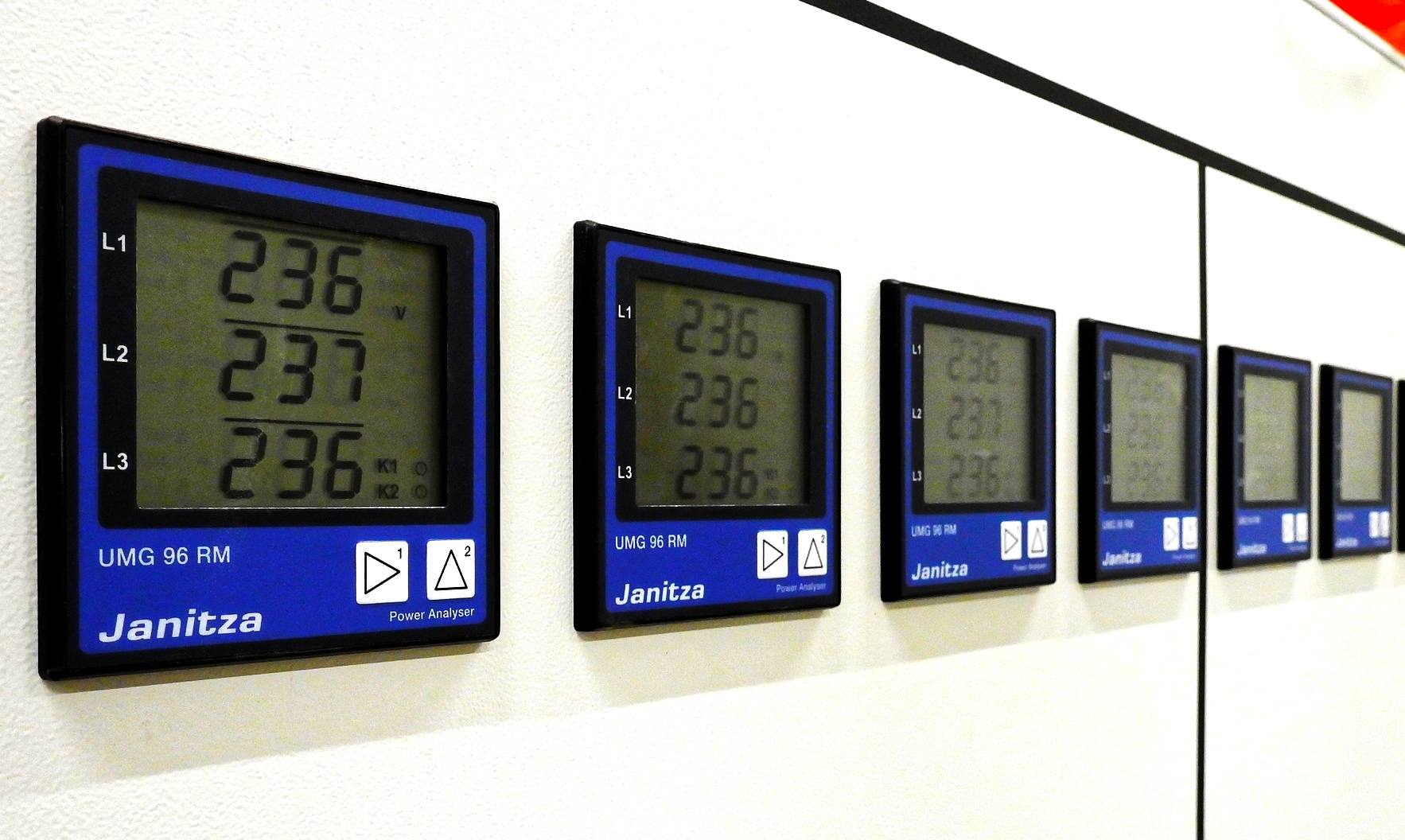
What is an Electronic Device?
A device that uses a semiconductor for electrical flow and performs a task is called an electronic device.
Suppose, for example, consider a mobile. A mobile circuit is purely made of semiconductor parts like silicon, germanium, etc. When a mobile is excited, it converts electrical energy into smart actions like touching, gesture management, networking, memory management, etc.
So, this is a type of electronic device which uses semiconductors in it to conduct electricity and perform a task. They mainly work on low currents and also have lower power consumption. Basically, electricity is worked in a controlled manner in these devices, as seen earlier.
The electronic components are mainly classified into two types; they are the active component and the passive component. The component which delivers energy is known as the active component, and the devices which receive energy are known as the passive component.
Active components are resistors, capacitors, and insulators; whereas passive components are semiconductors and tube devices. The resistor opposes the flow of current and the capacitor stores the electrical energy. The inductor produces the inductances.
The tubes devices and the semiconductor are the platforms used for the movements of electrons. When the electric field is applied across the tube and semiconductor, the electrons are energized and start accelerating.
Difference between electrical and electronic devices
The main differences between electrical and electronic devices are mentioned below.
- Electrical devices use components like copper, aluminum, steel, and iron for working; whereas electronic devices use components like silicon and germanium.
- Electrical devices work on AC currents, whereas electronic devices can work on both AC and DC currents.
- The electrical device only works on electricity as input; whereas an electronic device is a smart device that is able to make its own decision without electrical consumption like creating alarms, generating warnings, sensing touch, and making some action, etc.
- The response time of electrical devices is faster than that of the electronic device.
- Electronic devices can perform more number of tasks than electrical devices. It is purely possible due to the use of semiconductors.
- Examples of the electrical devices are transformers, motors, and generators; whereas examples of electronic devices are microprocessors, amplifiers, flip-flops, etc.
- Electrical devices are more hazardous and unsafe to use than electronic devices.
- Space consumption of electrical devices is more than electronic devices.
- Electronic devices cannot perform heavy-duty tasks as compared to electrical devices.
- Electrical devices can convert electrical energy into other forms of energy like heat, light, or mechanical; but electronic devices cannot do this.
In this way, we understand the difference between electrical and electronic devices.
